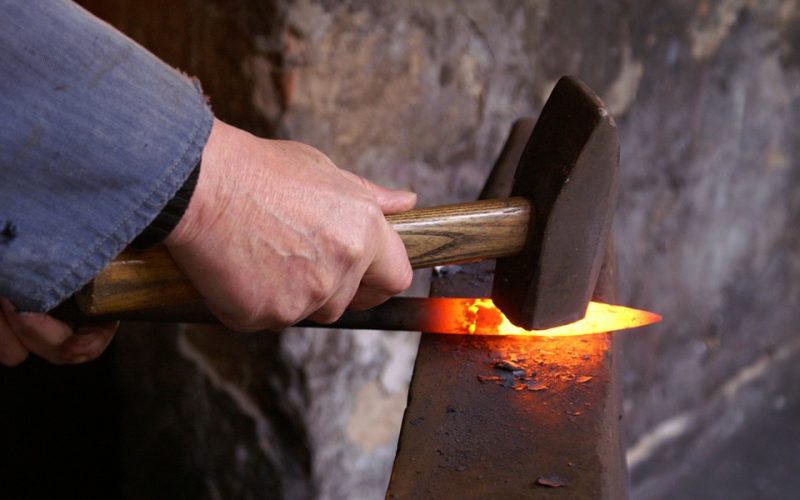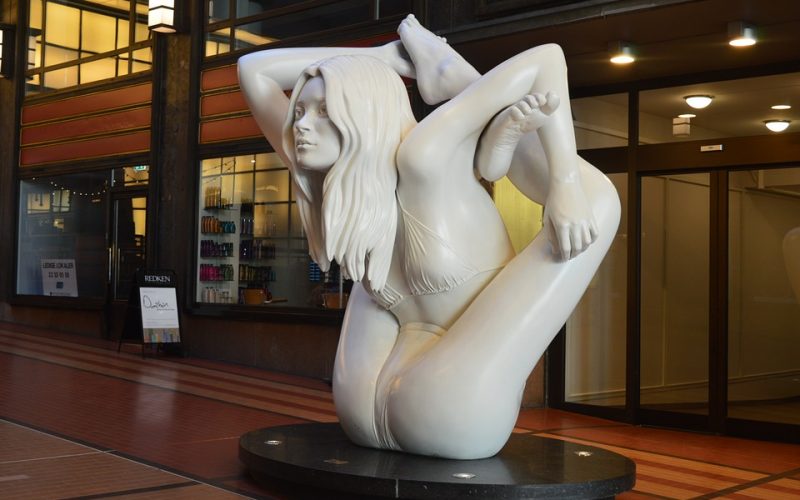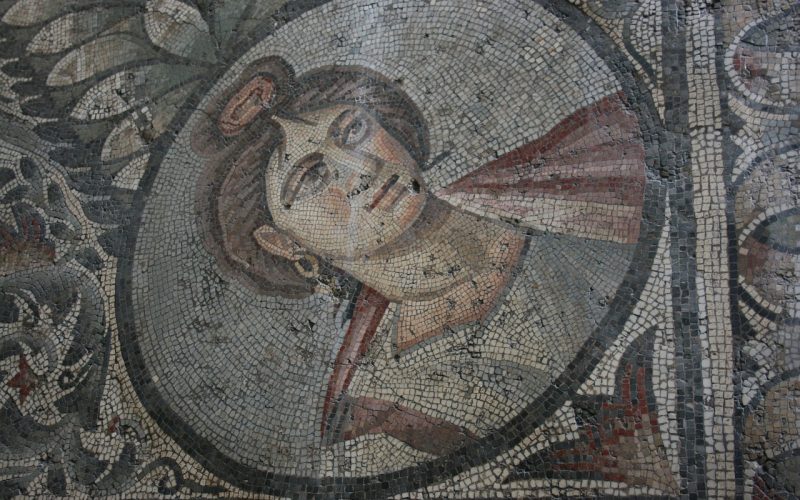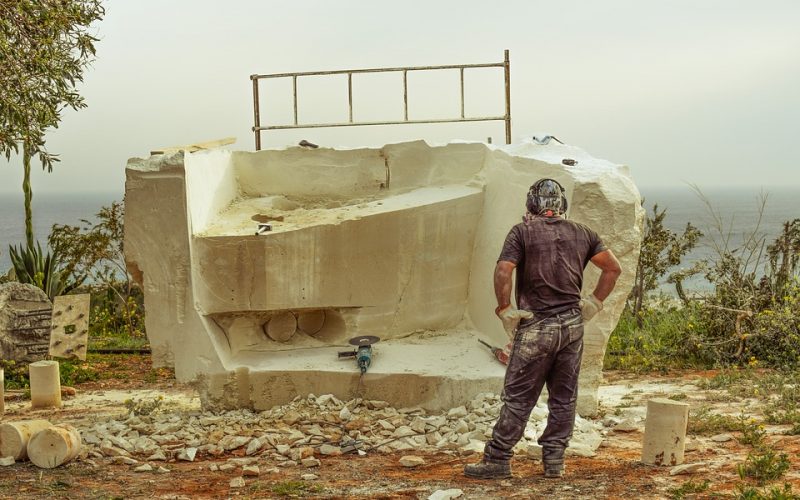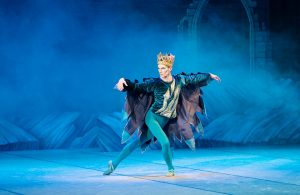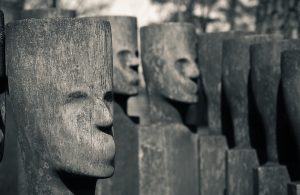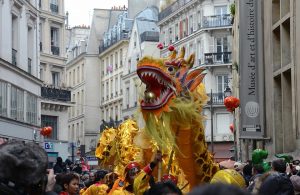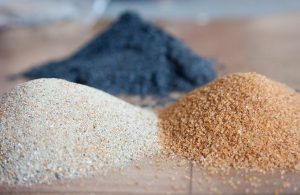Sculptors Of The Modern Era
The world of modern sculpture is rich with creativity, innovation, and artistic exploration. Among the vanguard of this movement are celebrated sculptors such as Barbara Hepworth and Henry Moore. Both artists have left an indelible mark on the art world with their distinct styles and contributions.
Barbara Hepworth's unique vision
Barbara Hepworth (1903–1975) was an English artist whose work is synonymous with modernist sculpture. Her unique vision was characterised by organic forms and harmonious arrangements that often drew inspiration from nature. Hepworth’s sculptures, typically created from materials such as wood, marble, and bronze, reflect her interest in the relationship between people and their environments. One of her most renowned works, "Single Form," stands as a testament to her ability to evoke emotional resonance through abstract shapes. Located at the United Nations headquarters in New York, it symbolises peace and unity, representing Hepworth’s belief in art’s potential to transcend cultural and geographical boundaries.
Henry Moore's monumental influence
Henry Moore (1898–1986), another titan of modern sculpture, was renowned for his large-scale public pieces that often depict abstracted human forms. Moore’s sculptures are characterised by their organic contours and use of negative space, allowing viewers to engage with the work from multiple perspectives. His fascination with the human figure led to creations that are both monumental and intimate. One of Moore's most famous pieces, "Reclining Figure," embodies his exploration of the human form in relation to landscape. This work, along with many others, reflects Moore's commitment to making art accessible, often placing his sculptures in public spaces to encourage communal interaction.
The influence of nature in modern sculpture
Both Hepworth and Moore found much of their artistic inspiration from the natural world. Hepworth was particularly influenced by the rugged landscapes of Cornwall, where she lived and worked for much of her life. This connection with nature is evident in her smooth, flowing lines and the organic quality of her forms. Similarly, Moore’s rural upbringing and subsequent travels informed his sculptural vocabulary. He often spoke of the influence of natural objects like bones, stones, and driftwood on his work. This connection to nature not only shaped their individual styles but also contributed to the broader landscape of modern sculpture, inviting viewers to see beauty and harmony in natural forms.
The legacy of Hepworth and Moore
The legacies of Hepworth and Moore extend beyond their physical artworks. Hepworth’s pioneering role as a female sculptor in a male-dominated field paved the way for future generations of women artists. Her work challenged conventional gender norms and demonstrated that sculpture could be both powerful and delicate. Meanwhile, Moore's impact is seen in his approach to public art, creating works intended for outdoor display and public enjoyment. Both artists’ contributions have continued to inspire new generations of sculptors and artists who seek to push the boundaries of form and space.
Educational impact and continued relevance
The educational impact of Hepworth and Moore’s work can be seen in art schools and institutions worldwide, where their techniques and philosophies are studied and celebrated. Their works are housed in major museums and galleries, providing ongoing opportunities for audiences to engage with their art. Exhibitions dedicated to their work continue to draw crowds, highlighting the timeless appeal of their contributions to the world of art. The principles they championed—such as the integration of art with the environment and the exploration of human and natural forms—remain relevant and influential in today’s artistic landscape.
Enduring appeal and cultural significance
The enduring appeal of Hepworth and Moore's sculptures is a testament to their innovative spirit and cultural significance. Their ability to capture complex emotions and ideas in abstract forms resonates with audiences worldwide. The simplicity and purity of their work allow viewers to engage with it deeply, finding personal meaning and reflection. Through their sculptures, Hepworth and Moore invite us to see the world from new perspectives, enriching our understanding of art and the environment.
Barbara Hepworth and Henry Moore stand as pillars of modern sculpture, their works a lasting tribute to the power of artistic expression. Their sculptures continue to inspire, challenge, and captivate, securing their place in the pantheon of great artists.

